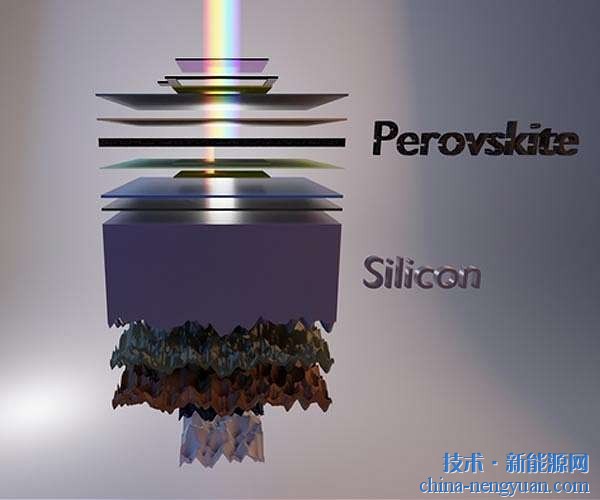The Japan Railway Research Institute (Railway Research Institute) at the 2015 Railroad Research Institute Technical Forum held on August 27-28, 2015, is valid for "superconducting cable" and "flywheel energy storage device using superconducting magnetic bearings." The theme of using energy technologies was demonstrated. The background is: After the Great East Japan Earthquake, Japan continues to promote energy-saving measures, and now electricity tariffs tend to rise, and railway operators are increasingly demanding energy-efficient technologies. Evaluation techniques such as the "Electricity Simulation System" used to determine which of the various countermeasures are more effective are also under development. Among them, the superconducting cable refers to the use of liquid nitrogen cooling to maintain the superconducting state of the power supply line (feed line) from the substation to the overhead line. The superconducting cable was tested on the Izu Hakone Railway Jundou Line in March 2015 and has reached a practical level. "Currently, based on the experimental results, we have improved the equipment of cables, refrigerators, and liquid nitrogen transfer pumps." Freezers need to further improve reliability, and in order to be able to set up at the original site, miniaturization is required. Therefore, the railway research institute is considering the use of new heat exchangers. Regarding the transfer pump, research and development in the area of ​​propulsion and installation have also been carried out, such as comparing the rotary type and the piston type, and evaluating the influence of the pulsating current generated when the piston type is used. A flywheel energy storage device is a device that converts electrical energy generated by a regenerative brake or the like into rotational kinetic energy. By using superconducting materials on the bearings, the flywheels are kept in suspension to reduce frictional losses. Soon, the railway research institute will set up a CFRP (carbon fiber reinforced resin-based composite material) flywheel with a weight of 4000kg and a diameter of 2m and an energy storage device with a storage capacity of 100kWh at the Miurayama photovoltaic power station in Yamanashi Prefecture. The power consumption simulation system is a computer to evaluate how a railway vehicle that uses a power storage device and a high-efficiency motor can operate to reduce energy consumption. It can be predicted that compared with the operation mode in which the operation time between stations is minimized by rapid acceleration and rapid deceleration, it is better to reduce the amount of energy consumption when there is a 30-second margin, and what kind of acceleration/deceleration mode is used at this time. The railway research institute is also developing a new simulation system based on this system to evaluate how much power is used when multiple trains are operating in a certain interval, and what the load differentials of substations are. In addition, the railway research institute also proposed to maintain the overhead line voltage of 1500V in the DC area, increase the feeder voltage from the substation to the overhead line to 3000V and 6000V, and supply the overhead line after reducing the voltage through the AC converter (semiconductor). The program. If the voltage of the feeder is increased, even if the current is reduced, the same amount of electricity can be supplied, and the loss caused by the heating of the feeder will be reduced. In the case of using the existing feed equipment to increase the power supply capacity without increasing the current, it is only necessary to add a boosting device to the substation, and to increase the power supply amount before the wiring is added. In fact, as the number of foreign tourists increases, the amount of trams in the metropolitan area of ​​Japan tends to increase, and the amount of electricity used also increases.
The Stud Series is a collection of books or works that revolve around a central character or group of characters who are portrayed as highly attractive, charismatic, and dominant individuals. The series typically focuses on their romantic and sexual exploits, exploring themes of power dynamics, seduction, and passion. The stories often feature intense emotional connections, steamy encounters, and complex relationships. The Stud Series is known for its provocative and sensual nature, appealing to readers who enjoy indulging in fantasies of irresistible allure and captivating charm.
Stainless steel fasteners are hardware components made from a corrosion-resistant alloy of steel and chromium. They are commonly used in various industries and applications due to their durability and resistance to rust and staining. Here are some ways to describe stainless steel fasteners: Stud Series,Double Screw Bolt,Double Threaded Bolt,Double Sided Screw Bolt Taizhou Wanluo Hardware Products Co., Ltd. , https://www.wlhardware.com
1. Corrosion-resistant: Stainless steel fasteners are designed to withstand exposure to moisture, humidity, and other corrosive elements without rusting or deteriorating.
2. High strength: These fasteners offer excellent tensile strength and can withstand heavy loads and high-pressure environments.
3. Durable: Stainless steel fasteners are known for their long-lasting performance, making them suitable for both indoor and outdoor applications.
4. Versatile: They are available in various sizes, shapes, and designs, allowing for a wide range of applications in construction, automotive, marine, and other industries.
5. Aesthetic appeal: Stainless steel fasteners have a sleek and polished appearance, making them visually appealing and suitable for applications where aesthetics matter.
6. Non-magnetic: Unlike other types of fasteners, stainless steel fasteners are non-magnetic, making them suitable for applications where magnetism can interfere with equipment or machinery.
7. Easy to maintain: Due to their resistance to corrosion, stainless steel fasteners require minimal maintenance and can be easily cleaned with mild soap and water.
8. Environmentally friendly: Stainless steel is a recyclable material, making stainless steel fasteners an eco-friendly choice for sustainable construction and manufacturing practices.
9. Wide temperature range: Stainless steel fasteners can withstand extreme temperatures, making them suitable for applications in both hot and cold environments.
10. Reliable and safe: Stainless steel fasteners are known for their high-quality and reliability, ensuring the safety and integrity of the structures or equipment they are used in.